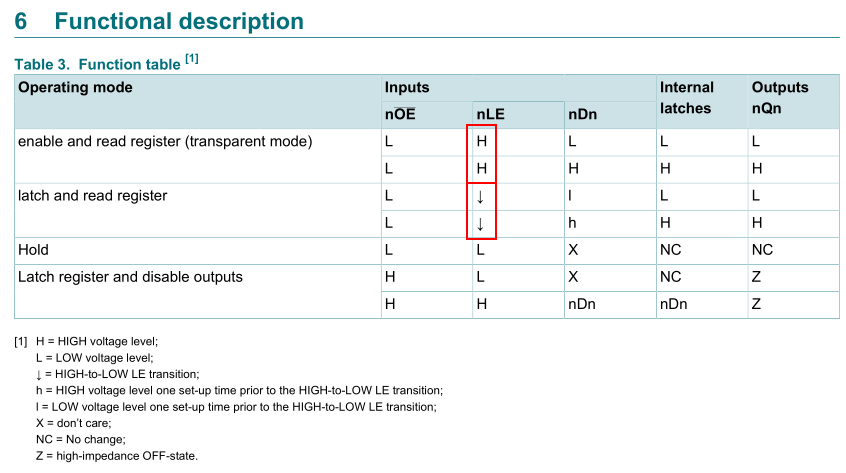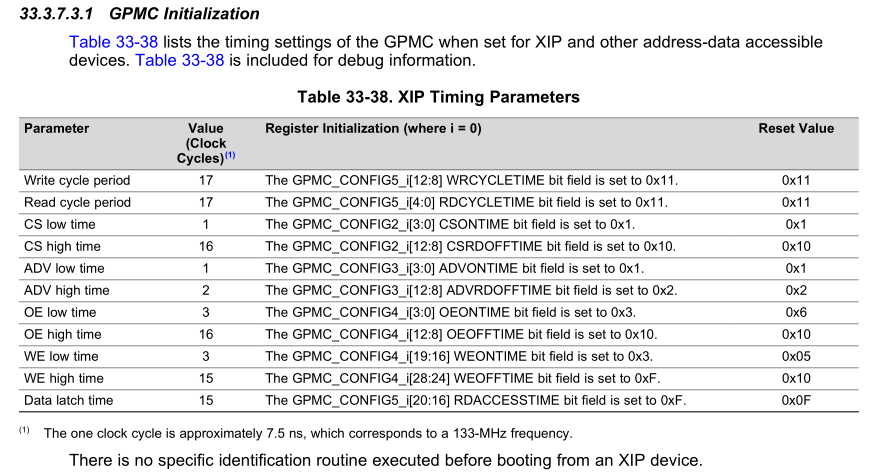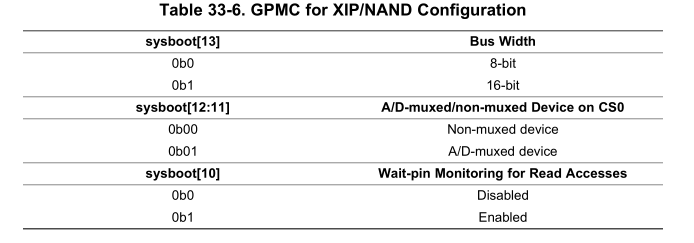Other Parts Discussed in Thread: AM3359, SN74ALVCH16374
Hello
We are using parallel NOR flash for booting of AM5728 in MUXed MOde.
Can you please review the schematic for the same.
Schematic attached for the reference.AM5728_NOR FLASH.pdf
Regards
Akash Jain




